Killers of the Flower Moon: 7 Chilling Truths That Expose the Evil Beneath American History
Killers of the Flower Moon is not just a book—it is a moral reckoning. Penned by the masterful journalist and historian David Grann, Killers of the Flower Moon reveals a spine-chilling tale that underscores America’s darkest betrayals. This meticulously researched narrative resurrects the story of the Osage Reign of Terror—an era where greed, racism, and corruption converged in deadly consequence.
This blog post explores seven harrowing truths from Killers of the Flower Moon that unravel not just the mystery of a specific crime spree, but the moral and cultural decay buried deep in early twentieth-century American society. Whether you are a history enthusiast, a true crime aficionado, or a reader seeking justice through literature, Killers of the Flower Moon offers an unforgettable experience.
Let us delve into the facts that make this narrative as haunting as it is essential.
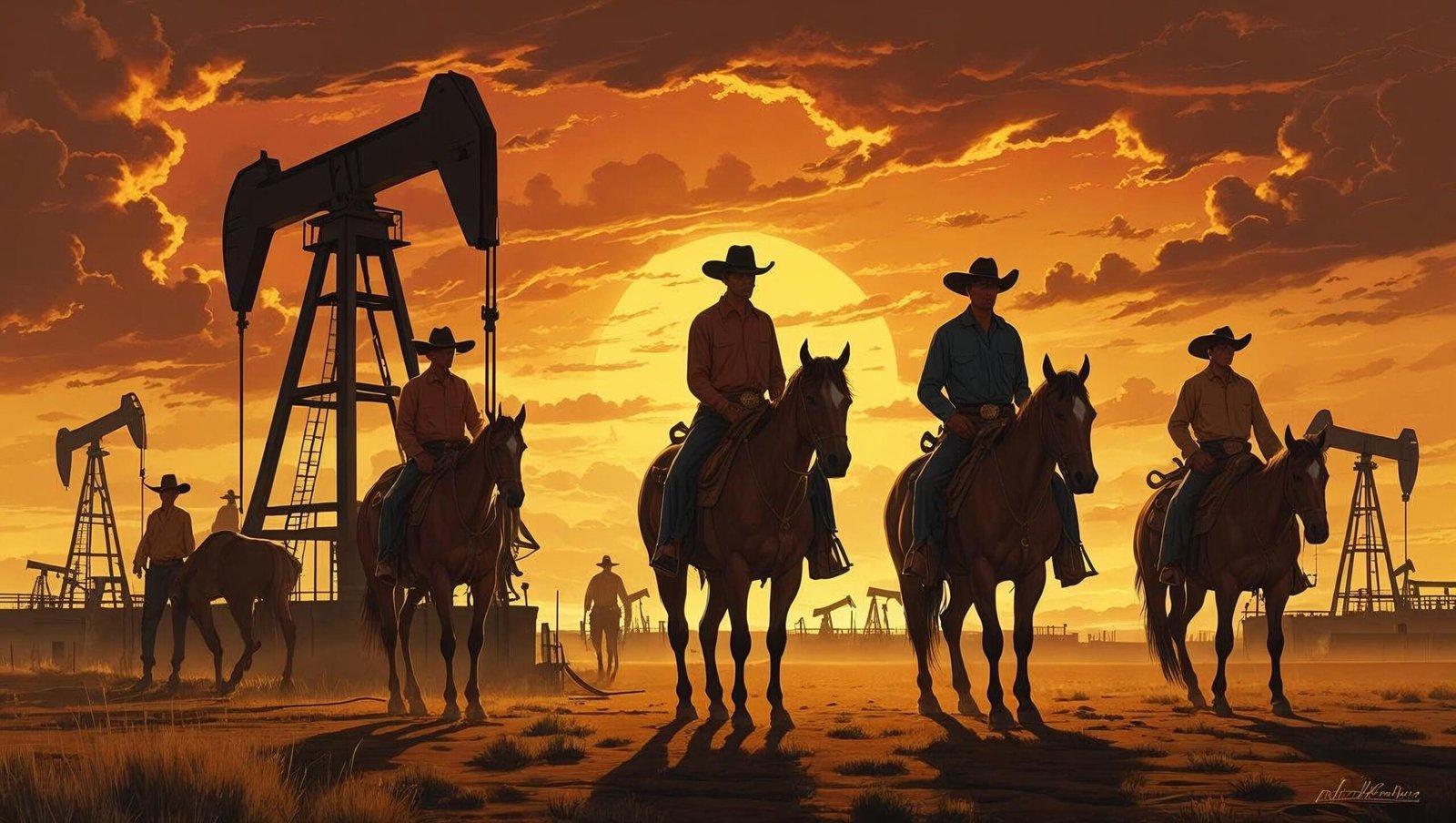
1. The Osage Nation’s Unexpected Fortune
The Osage people, forcibly displaced to what was believed to be barren Oklahoma land, turned out to be sitting on top of one of the richest oil deposits in the United States. As oil drilling began, the Osage grew phenomenally wealthy. By the 1920s, the members of the Osage Nation were the richest people per capita in the world.
Killers of the Flower Moon captures this rags-to-riches transformation, but not in celebratory tones. Rather, it foreshadows the sinister envy and racial hatred that emerged from such sudden prosperity. David Grann portrays how the Osage wealth drew not admiration, but predation.
2. The Inescapable Web of Exploitation
While the wealth of the Osage should have been a source of dignity and security, it instead became a reason for dehumanization. Through a system of “guardianships,” the U.S. government assigned white guardians to oversee the financial decisions of Osage individuals, alleging they were incapable of managing their money.
Killers of the Flower Moon chillingly documents how this legalised paternalism created the conditions for exploitation. Guardians stole funds, manipulated decisions, and in many cases, orchestrated murder to inherit wealth. The book unveils the depth of collusion between attorneys, bankers, and bureaucrats.
3. A Series of Premeditated Murders
The heart of Killers of the Flower Moon lies in a terrifying pattern—Osage members were dying under suspicious circumstances. Poisoning, gunshots, mysterious accidents—one by one, they were eliminated. The deaths were not isolated; they were calculated, systematic, and well-organized.
David Grann details the murder of Mollie Burkhart’s family members, starting with her sister Anna, followed by her mother and another sister. These killings were not random acts of violence; they were part of a coordinated effort to seize headrights—legal entitlements to oil royalties.
4. Birth of the Modern FBI
Amidst growing public scrutiny and outrage, a young J. Edgar Hoover, eager to legitimize his newly formed Bureau of Investigation, took on the Osage case. Hoover assigned former Texas Ranger Tom White to lead the investigation discreetly.
In Killers of the Flower Moon, Grann illustrates how this case served as a cornerstone for the FBI’s evolution. Through undercover work and persistence, White and his team uncovered a grotesque conspiracy. The book emphasizes the doggedness required to pursue justice in a landscape rife with racial hostility and institutional inertia.
5. William Hale: The Face of Depravity
At the centre of the murders was William Hale—a man who positioned himself as a friend and benefactor to the Osage. In reality, he was a cunning architect of death, manipulating relationships and orchestrating assassinations to accumulate wealth.
David Grann, in Killers of the Flower Moon, dissects Hale’s dual persona. On the surface, he was a cattle baron and local philanthropist. Beneath, he was a ruthless sociopath. His orchestration of the deaths of Mollie’s family is one of the most disturbing elements of the book. Grann’s portrayal is not just of a man, but of a corrupt system that allowed men like Hale to thrive.
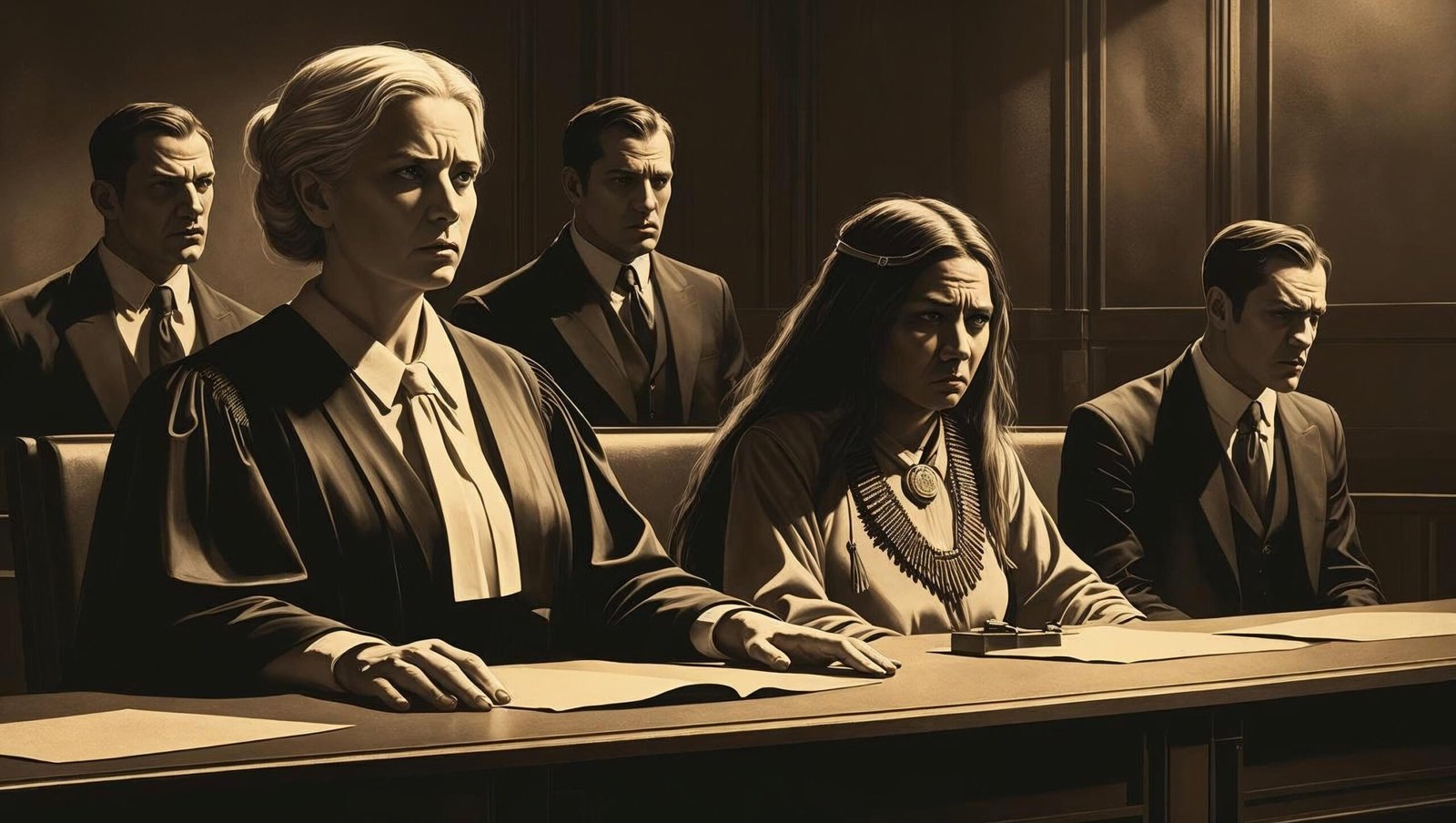
6. The Judicial System’s Indifference
Despite mounting evidence, the pursuit of justice was obstructed at every step. Jurors were bribed. Witnesses were intimidated. And officials often turned a blind eye to the suffering of the Osage.
Killers of the Flower Moon powerfully critiques the American judicial system of the 1920s, highlighting its bias, corruption, and racism. It took years, an outside investigative body, and national media attention for any meaningful conviction to be secured.
The injustice was not only in the murders themselves, but in the institutions designed to protect the victims.
7. Grann’s Own Investigation and the Hidden Victims
David Grann’s meticulous investigation goes beyond what the historical record had acknowledged. While the official narrative recorded a few dozen murders, Grann’s research suggests that the number of victims could be much higher—possibly in the hundreds.
In Killers of the Flower Moon, the author interviews descendants, examines FBI records, and uncovers forgotten files. He finds a pattern: unexplained deaths, suspicious disappearances, and forged documents—all pointing to a wider conspiracy that history had conveniently ignored.
The book is not merely historical—it is investigative journalism of the highest order.
The Deep Scars of Systemic Injustice
The narrative of Killers of the Flower Moon is not merely one of individual corruption—it is a revelation of how entire systems, both governmental and societal, were complicit in acts of brutality against the Osage people. When reading the book, one cannot escape the feeling that these atrocities were not anomalies but the expected consequences of a nation that devalued Indigenous life.
David Grann’s approach to storytelling is one of quiet, piercing force. He does not sensationalize the murders, nor does he drown the reader in sentimentalism. Instead, he presents the evidence, the testimonies, and the silences—those telling absences from official records—that, when woven together, form a portrait of cruelty that is both intimate and institutional.
In the context of Native American history, the Osage murders serve as a damning illustration of how legal instruments were weaponized to enable white Americans to profit off Indigenous lives. Guardianships, inheritance laws, and even the authority of law enforcement were all turned against the very people they were meant to protect.
The Psychological Toll on the Victims
What the book portrays with incredible clarity is the emotional and psychological toll these crimes inflicted upon survivors. Mollie Burkhart, whose family was systematically annihilated, continued to suffer the burden of suspicion, fear, and grief long after the case went to trial. She lived knowing the very people she trusted—relatives by marriage, neighbors, friends—had plotted to destroy her lineage.
David Grann’s sensitive depiction of Mollie’s slow erosion of trust adds a deeply human dimension to the historical crime. The real agony, he shows, lies not only in the violence itself but in the trauma of betrayal. One cannot read Killers of the Flower Moon without being moved by Mollie’s resilience and silent suffering. Her pain becomes the emotional anchor of the book, making the statistics personal and the facts unignorable.
The Role of the Press and Public Apathy
One of the more unsettling revelations in the book is the general apathy with which these crimes were met by the wider American public at the time. News of the Osage murders trickled through national newspapers, often distorted or downplayed. Sensational stories of their wealth were printed with delight, but their murders did not evoke outrage in proportion.
David Grann addresses this dissonance head-on, showing how racism shaped public perception. Many Americans viewed the Osage’s prosperity as unnatural or undeserved. This allowed for their suffering to be rationalized, even justified, by those who benefitted from their decline.
Only when the newly minted FBI sought to establish credibility did the case receive genuine investigative attention. Even then, as Killers of the Flower Moon reveals, it was more due to Hoover’s desire to showcase federal efficiency than any moral imperative.
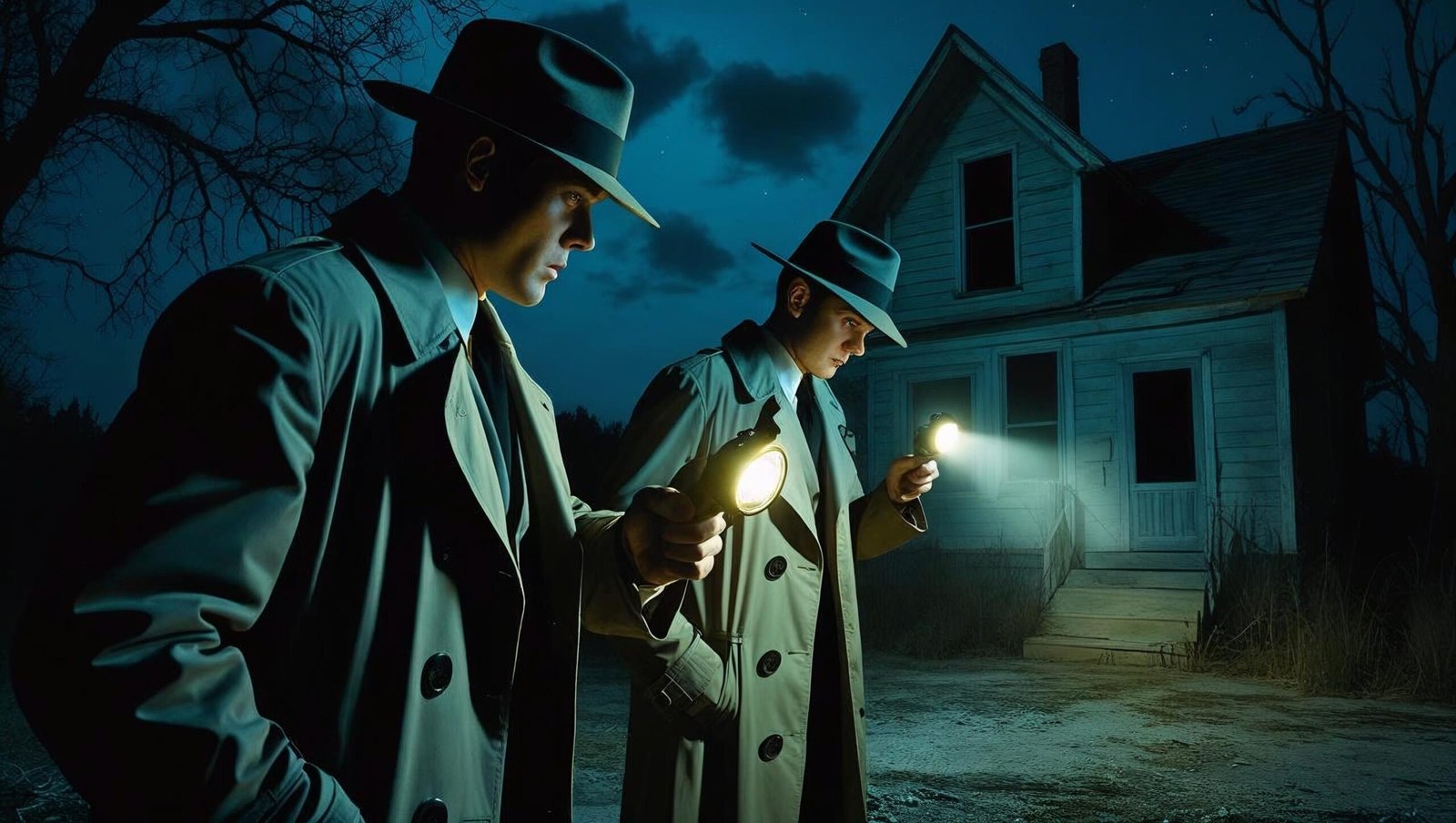
Historical Amnesia and the Importance of Remembrance
One of the book’s most compelling arguments is not found in its pages, but in its very existence. That such a massive crime could be nearly forgotten, its perpetrators rarely punished, and its victims buried in unmarked graves, speaks volumes about the selective memory of American history.
Grann challenges this amnesia by writing against erasure. In Killers of the Flower Moon, every page is a memorial, every fact an indictment of silence. The book insists that to move forward with integrity, we must first look backward with honesty.
In many ways, this story mirrors broader patterns in American history: the marginalization of Native voices, the romanticizing of Western expansion, and the legal mechanisms that enabled cultural genocide under the guise of civilization.
The Legacy of the Osage Tragedy Today
The legacy of the Osage murders is not confined to the annals of history. Descendants of the victims still grapple with the trauma, and many still fight for rightful recognition and restitution. For the Osage Nation, remembering this dark chapter is both a cultural responsibility and an act of resistance.
In recent years, there has been growing awareness and dialogue around this history. The film adaptation of Killers of the Flower Moon, directed by Martin Scorsese, has brought the story to an even wider audience. Yet, as Grann reminds us, acknowledgment must go hand in hand with accountability.
The Osage people continue to assert their rights—not just to resources, but to truth, dignity, and narrative control. Their voices, long suppressed, are finally beginning to resonate more broadly in national discourse.
Literature as a Tool for Truth-Telling
What makes Killers of the Flower Moon essential reading is its broader commentary on the power of literature. Through the written word, Grann has excavated a buried history. But more importantly, he has framed it in a way that demands response—not just intellectual, but moral.
The success of the book, and its resonance with audiences worldwide, reaffirms the crucial role that narrative non-fiction can play in cultural awareness. It bridges the gap between past and present, individual and collective, and brings justice one step closer—not through courts, but through consciousness.
Moreover, Killers of the Flower Moon challenges writers, journalists, and historians to rethink how they represent marginalized communities. It is not enough to tell the story—we must honor the people behind it.
Educational and Institutional Response
The book has also begun to influence educational institutions. Many universities and high schools now include Killers of the Flower Moon in their curriculum to explore themes of racism, justice, and American identity. The Osage case provides a poignant lens to discuss systemic bias, and the text is used across disciplines—history, sociology, political science, and journalism.
This is a much-needed development. For too long, Native American history has been relegated to footnotes and stereotypes. Grann’s work helps center it in the mainstream narrative, where it rightfully belongs.
Yet, education must move beyond books. It must inspire action—reparative policies, renewed dialogue with Indigenous communities, and a commitment to preventing future injustices of this nature.
Moral Questions Raised by the Narrative
At its core, Killers of the Flower Moon poses deep moral questions. What happens when a nation’s progress is built on dispossession? How do we honor the victims when the systems responsible still linger? And how do we ensure that silence does not once again engulf truth?
These are not rhetorical musings—they are urgent inquiries into the soul of a country still reckoning with its contradictions. The book does not offer easy answers, but it insists that the questions be asked, again and again.
In invoking the lives of Mollie Burkhart, Tom White, and the unnamed dead, David Grann turns readers into witnesses. And with that witnessing comes responsibility—not to look away.
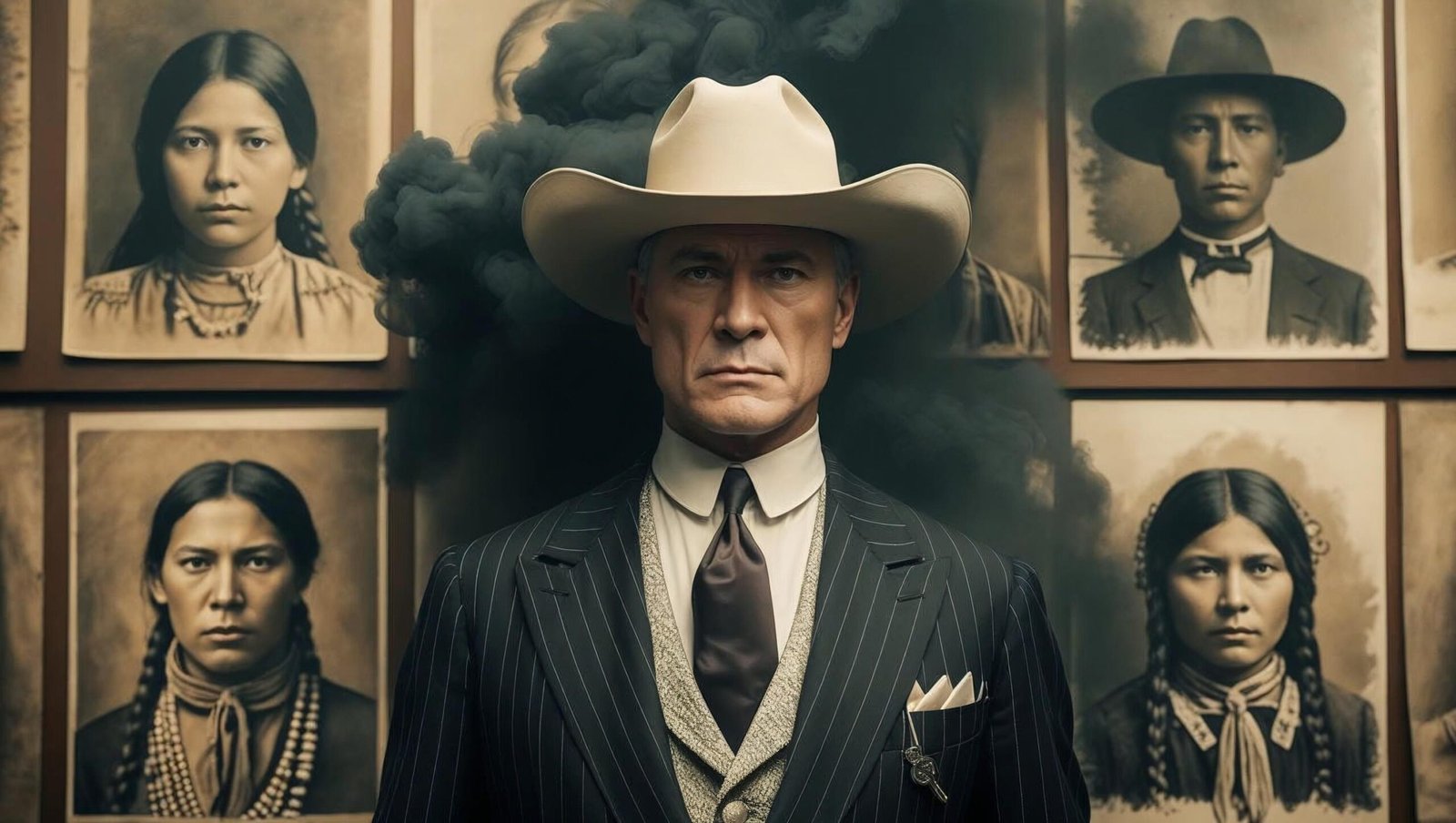
Call to Action: What You Can Do
Reading Killers of the Flower Moon is a powerful first step—but awareness must translate into advocacy. Here are a few actions readers can take:
-
Support Indigenous Organizations: Donate to or volunteer with organizations that advocate for Native American rights and heritage preservation.
-
Educate Others: Recommend the book to peers, integrate it into classroom discussions, or host reading groups.
-
Demand Representation: Advocate for Native perspectives in media, education, and policymaking.
-
Challenge Historical Narratives: Push for school curriculums that include complete and accurate portrayals of Indigenous history.
-
Remember the Osage: Visit the Osage Nation’s official website or museums that honor their history and resilience.
By taking these steps, we not only honor the victims of the Osage Reign of Terror but also commit ourselves to a more just and truthful society.
Final Reflection
Only a few books come along that challenge the collective conscience of a nation. Killers of the Flower Moon is one of them. Through its pages, David Grann unveils not just a forgotten crime, but a deeply embedded sickness—one that festered behind closed doors, under the guise of law, progress, and civilization.
This book is a testimony. A cry for justice. A mirror held up to a country that must reckon with its reflection.
And though it tells of horrors past, it remains vitally present—urging us to remember, to speak, and above all, to never allow such darkness to bloom again.
🔗 Read more insightful reviews and truth-seeking reflections at: shubhanshuinsights.com
💬 Join the Conversation:
-
What part of Killers of the Flower Moon shook your conscience?
-
How can we protect forgotten histories from fading away?
-
Do you believe America has truly reckoned with its colonial legacy?
Literary Merit and Impact
Killers of the Flower Moon is a compelling narrative not only for its content but for its execution. Grann’s prose is restrained, elegant, and evocative. His use of shifting perspectives—from Mollie Burkhart to Tom White to himself—creates a layered experience. The result is a masterclass in nonfiction storytelling.
Its impact has been enormous. The book has ignited national conversations, influenced educational curricula, and even inspired Martin Scorsese’s film adaptation starring Leonardo DiCaprio and Robert De Niro.
Cultural Reckoning and Historical Memory
What Killers of the Flower Moon achieves most powerfully is a cultural reckoning. It forces readers to confront a past that many Americans have never learned, or worse, have chosen to forget. The murders were not just crimes against individuals; they were crimes against a people, a culture, and a legacy.
David Grann’s work stands as a monument to truth-telling, reminding us that justice delayed is not justice denied, but justice endangered. His contribution helps reclaim a history that was almost erased.
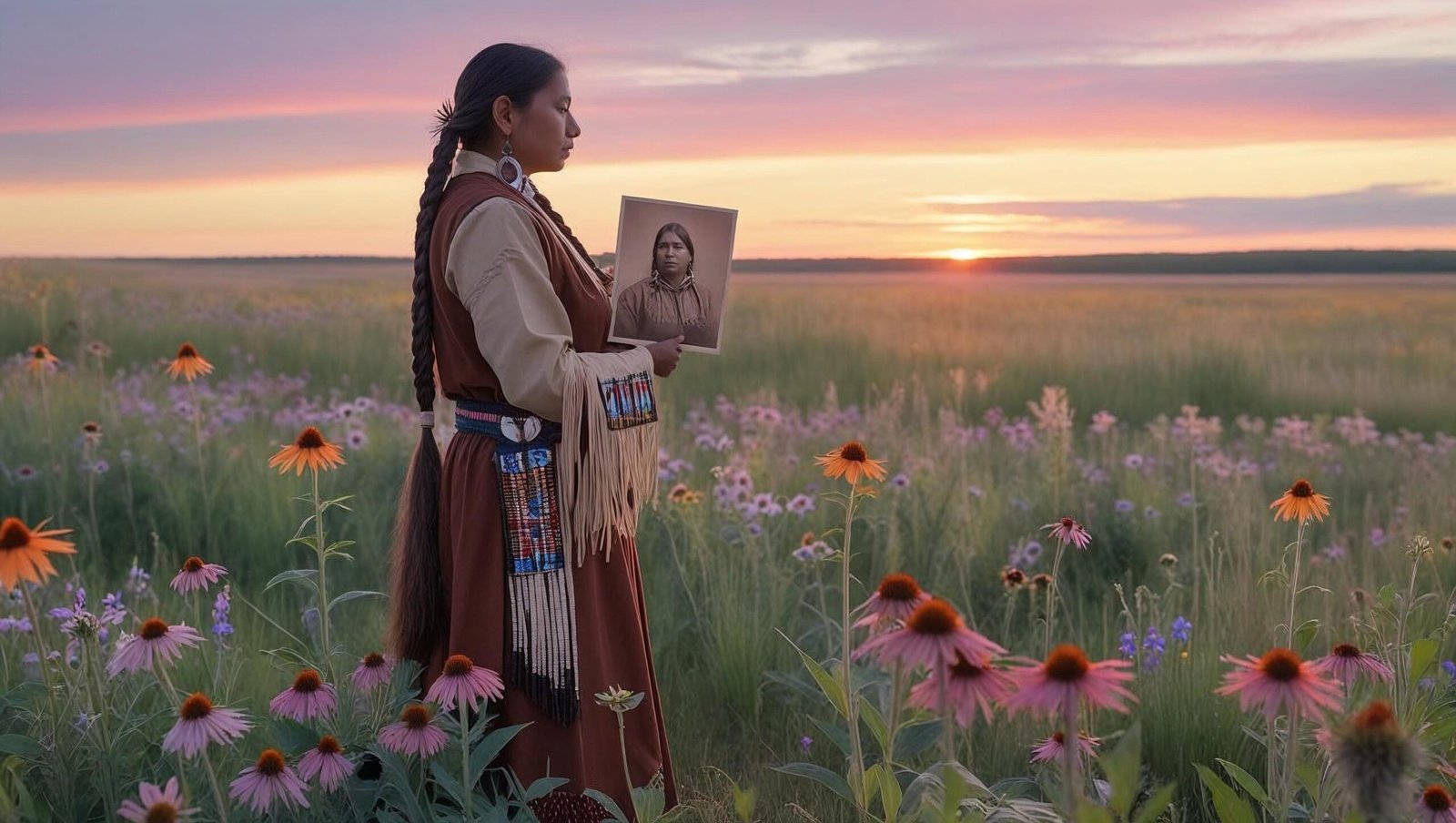
Frequently Asked Questions (FAQs)
Q1. Is Killers of the Flower Moon a true story?
Yes, Killers of the Flower Moon is based entirely on true events. It documents the Osage murders of the 1920s and the early formation of the FBI, using archival records, interviews, and historical evidence.
Q2. Why is Killers of the Flower Moon significant?
It is significant because it sheds light on one of the most horrific and overlooked chapters of American history—the systemic murder of Native Americans for profit.
Q3. Who is William Hale in Killers of the Flower Moon?
William Hale is the primary antagonist, a wealthy cattleman who orchestrated multiple murders to gain control of Osage oil wealth. He symbolizes the insidious nature of greed and institutional corruption.
Q4. How accurate is David Grann’s research in the book?
David Grann’s research is widely regarded as thorough and groundbreaking. He supplemented official records with newly discovered evidence and personal interviews to challenge the limited historical narrative.
Q5. What can readers expect from the film adaptation?
The film adaptation directed by Martin Scorsese aims to stay faithful to the book’s themes, with an emphasis on character psychology, historical depth, and moral ambiguity.
Conclusion
Killers of the Flower Moon by David Grann is a haunting portrait of betrayal, injustice, and the corrosive power of greed. Through impeccable storytelling and rigorous journalism, Grann not only resurrects a forgotten history but compels us to examine the moral failures embedded in the foundations of progress.
This book is not for the faint-hearted. It demands reflection. It demands accountability. And most importantly, it demands remembrance.
At a time when historical amnesia threatens truth, Killers of the Flower Moon stands as a clarion call for justice.
📚 For more insightful reviews, visit: shubhanshuinsights.com
💬 Leave your thoughts below:
-
Have you read Killers of the Flower Moon?
-
What part shocked you the most?
-
Do you believe history still repeats such crimes in more silent ways?
👉 Share this blog if you believe the Osage story must never be forgotten.